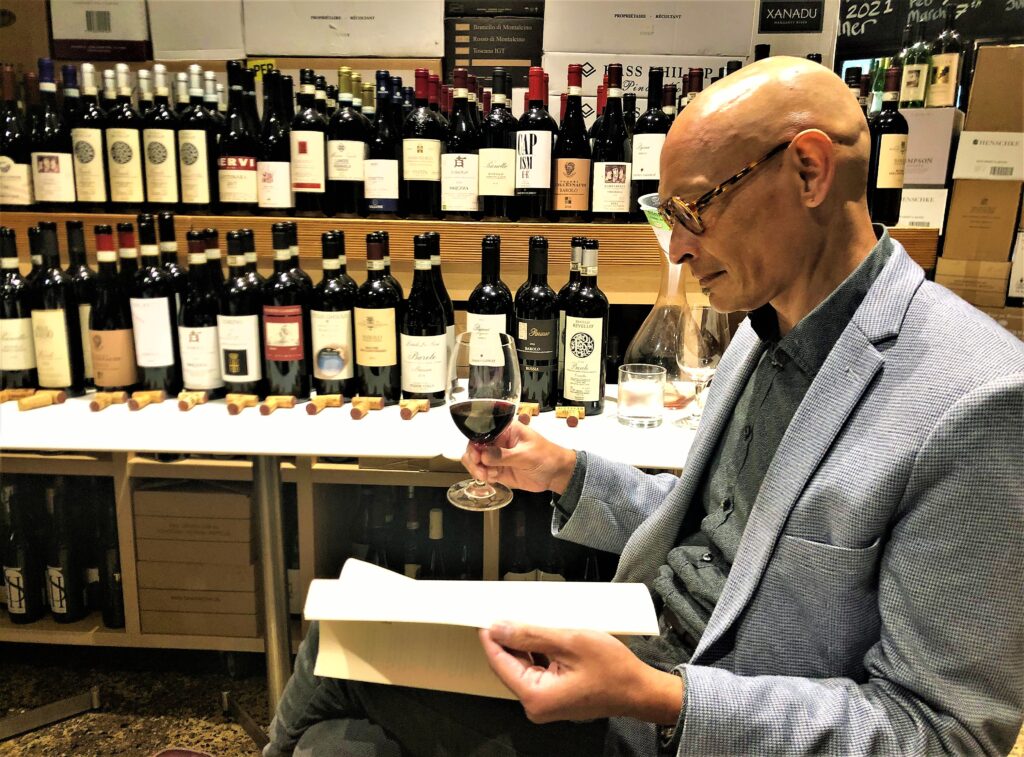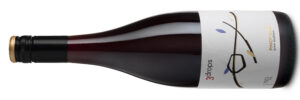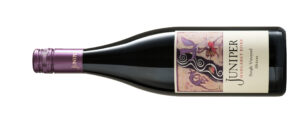Premium Chardonnay – First Impressions
Barry Weinman: 25th February 2021
This was one of the more interesting tastings that I have done recently, as it gave me the opportunity to review a number of current release wines, as well as several excellent wines that will not be released for some time.
The highlight was the overall quality of the 2019 Single Vineyard Chardonnay’s from McHenry Honen. All three wines are quite superb, but the Calgardup Brook was my pick at this early stage. Easy to mistake for a good Puligny but only a fraction of the price.
The 2019 Moss Wood is a triumph against adversity. Whilst the weather threw up a number of challenges, the Mugfords have produced a stunning wine (in very small quantities). This was still available from winestar.com.au at time of writing.
I was surprised and delighted by the 2018 Redbrook Reserve from Evans and Tate. Finer and more elegant than previous renditions.
And then there was the Cullen Kevin John…
An interesting takeaway from the tasting was how well most of the wines will age. All of the premium wines reviewed will benefit from five to ten years in the cellar and continue to hold for even longer.
Not quite in the premium bracket but the Naturalis Chardonnay is a perfectly drinkable wine from the Angove stable, and is organic to boot.
Reviewed
Cullen – Chardonnay – Kevin John – 2019. An unbelievable wine that manages to combine intensity, power, restraint and finesse in the one package. A wine to make you swoon! Perfectly ripe fruit combines with pineapple acidity, providing a mouthful of joy. The finish is supple, textured and fine with great length of flavours. Elegant, restrained and very long. Brilliant now, even better in 10 years. 97pts – $135
Moss Wood – Chardonnay – 2019. Honeysuckle and white peach aromas. Ripe and intense with beautifully integrated oak. This is a dense, powerful wine that needs years to hit its peak. But the intensity of fruit now is something to behold. An absolute triumph from a vintage struck by frost. 96-97pts – $85.
Vasse Felix – Chardonnay – Heytesbury – 2019. Fine, elegant, taut and refined, this is the picture of restraint. Seamless palate transition and superb texture. The power builds with air. A stunning wine. 96pts – $92
Xanadu – Reserve – Chardonnay – 2018. The pale colour is deceptive – this is concentrated, intense, powerful and ripe. The muted fruit is quite pretty but needs time to open up. The acidity also needs a little time to settle back into the fruit. Give it five years and be rewarded. Magnificent wine. 96pts – $110.
McHenry Hohnen – Chardonnay – Calgardup Brook Vineyard – 2019. Leaner, taut and fine, with supple texturing oak adding depth. This has floral, pretty stone fruit characters and the palate transition is near seamless. Very long, very fine, very elegant. A superb wine that will be as good in five to ten years as it is today. 95+pts
McHenry Hohnen – Chardonnay – Burnside Vineyard – 2019. This hits the sweet spot, with the powerful, ripe, peachy fruit brilliantly paired to supple, savoury oak. Near seamless palate transition is remarkable given that this wine needs five+ years to really hit its straps. 95pts.
Stella Bella – Luminosa – Chardonnay – 2018. Intense, powerful and impressive, with supple barrel ferment and lees notes combined with quality oak and ripe, Gin Gin clone fruit characters. Took its time opening up, suggesting that bottle ageing will be of benefit. Not everyone’s cup of tea, but a superb wine all the same. 95pts – $70.
McHenry Hohnen – Chardonnay – Hazel’s Vineyard – 2019. Another fine wine, but here the oak is still settling back into the fruit. Intrinsic power, with Chassagne-like nuttiness. Very long, but needs years to hit its peak. 94pts
Voyager Estate – Chardonnay – MJW – 2018. Wonderful wine! Fine and elegant, with superb fruit running the length of the palate. Pineapple fruit, density, gentle viscosity. Quality oak adds depth. Not quite pretty, but a beguiling wine that really builds with air. Great drinking too. 94pts – $115
Suckfizzle – Chardonnay – 2019. A fine wine that is elegant and varietally correct, with subtle power and depth. There is an immediacy to the fruit that is most attractive, balanced by crisp, intense grapefruit acidity. Quality oak adds to the package. Age worthy. 93+pts – $70
Fraser Gallop – Parterre – Chardonnay – 2019. More rounded and approachable than the Xanadu, yet still in a high acid style. The palate is intense, powerful and very long, with the oak subsumed by the lemony fruit. Great drinking with food now, but really needs 3 – 5 years. 93+pts.
Naturalis – Chardonnay – 2020. This is a real surprise package. Here is a lighter styled chardonnay that has excellent balance and texture at a very affordable price. Organic. 90pts – $18.

























